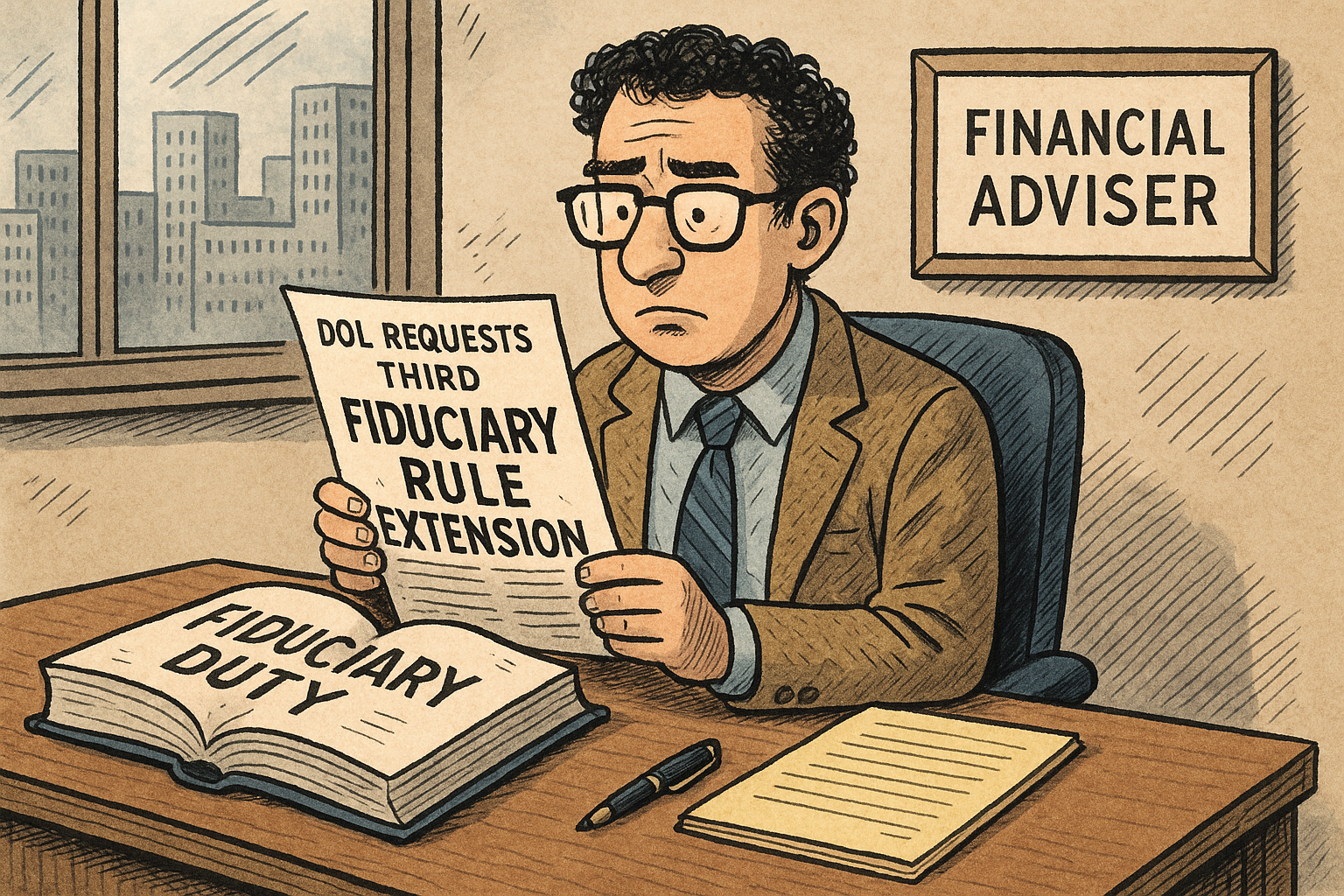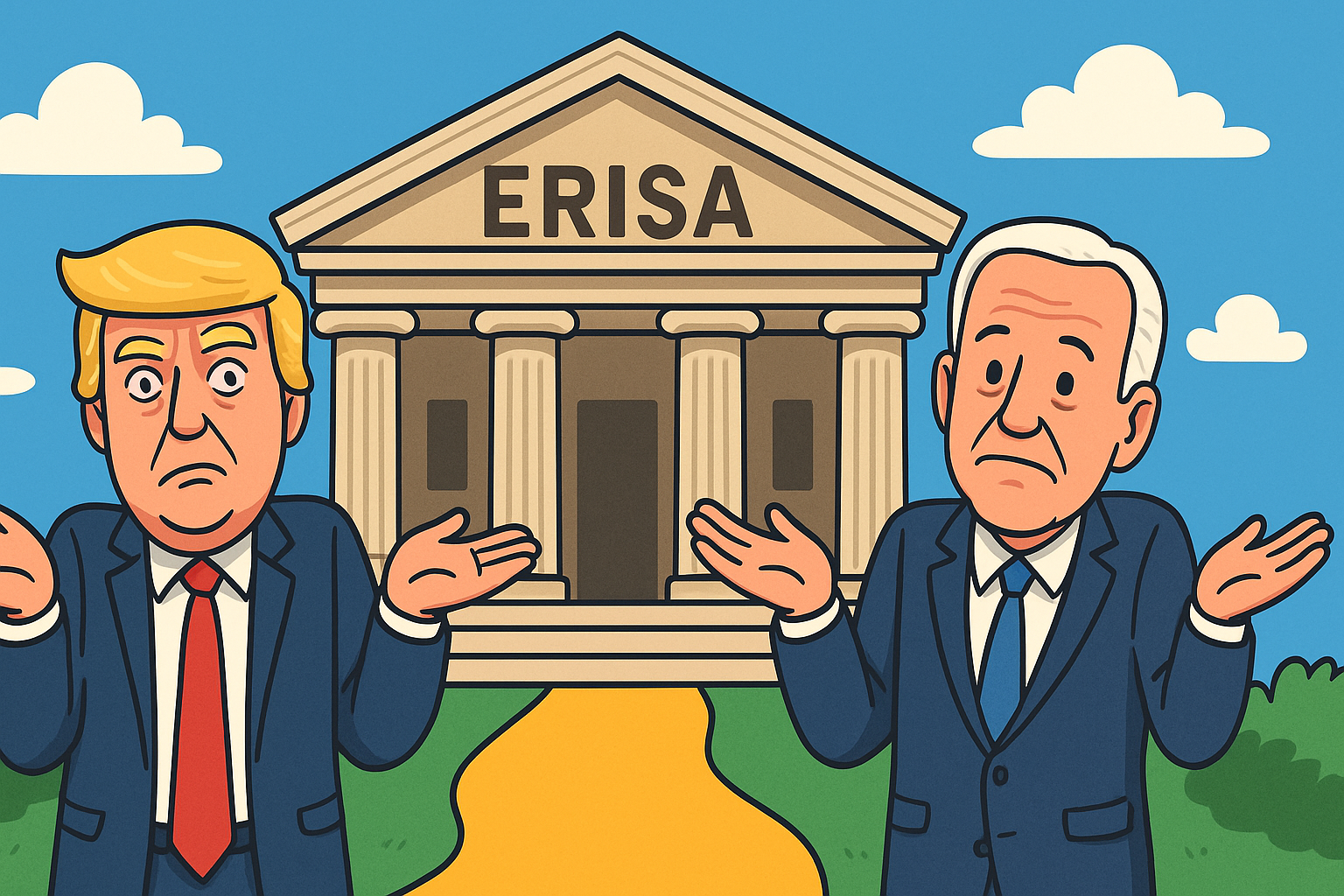
Fidelity vs Pontera (Round 2)!
On Friday, I received several emails at our “trading” domain about the NY Times article discussing the battle between Fidelity and Pontera. You can read the NY Times article by CLICKING HERE (I had to pay to read it).
Now, before I go on and give my “two cents” as the “ERISA Nerd”, I need to let you all know that I am biased!

Do you have clients age 50 (or older) making more than $145,000 per year?
If you advise clients age 50 and older who earn more than $145,000 a year, there’s a major change on the horizon that will affect their retirement savings strategy. Starting January 1, 2026, the IRS and Department of Labor will require . . .

Why the DOL’s Third Extension on the Fiduciary Rule Is a Big Deal
Financial advisers, brace yourselves: the Department of Labor (DOL) has just requested a third extension for finalizing the much-touted retirement fiduciary rule—pushing the decision deadline out to October 28, 2025. This matters. A lot. Here’s the breakdown…

Private Equity in 401(k) plans: Boon or a big nothing burger?
As I am sitting in my pool on a Sunday evening, I decided to read the Executive Order (EO) signed by President Trump on August 8th. Yes, as an ERISA nerd, this is how I relax in my pool. You can read the EO yourself, if you would like, by CLICKING HERE. Most of the articles that are coming out in the financial publications are fairly skeptical about…

Five-Part Test vs. Biden's New Fiduciary Rule: What’s Supposed to Change and Why It Matters
If you’re a financial professional working with 401(k) participants or IRA clients, you need to know this: The Department of Labor (DOL) has been trying to overhaul….